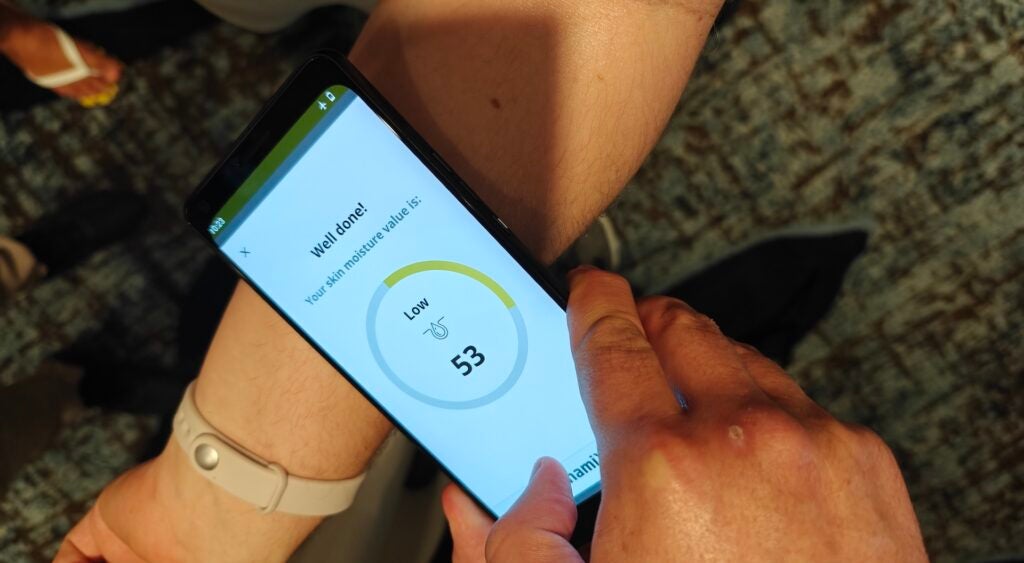
OPINION: Qualcomm is putting a lot of emphasis on AI-driven camera tech at Snapdragon Summit 2023, from image removal tech similar to Google’s Magic Eraser to AI-driven cropping and panning tech that’ll let you more easily record fast-moving subjects – but it goes way beyond just taking photos and videos.
As part of Snapdragon Summit 2023, I’ve been experiencing various tech demos that showcase the cool stuff that the Snapdragon 8 Gen 3 and Snapdragon X Elite can do, but one demo in particular stood out to me – and not for the reasons you might think.
That’s because, rather than using the rear-facing camera and its associated sensors to take photos or videos, Qualcomm has developed a Gen AI-powered demo that uses existing camera tech to monitor you and your environment.
In the first part of the demo, Qualcomm demonstrated the ability to use a camera’s depth sensor – a common component found on most mid-range and flagship smartphone camera systems – to detect particles in the air. It then uses the Gen AI capabilities of the 8 Gen 3 to analyse this in real-time and deliver a readout of the air quality in your vicinity.
What’s more impressive is that this is all done without any kind of internet connection. The entire demo was done in Airplane mode, just to show how varied the use of Gen AI can be.
The second part of the demo was just as interesting, as it utilised the Time of Flight sensor – another fairly common camera component on smartphones – to measure your skin to determine how hydrated you are.
Again, this uses the Gen AI capabilities of the chipset to calculate this in real-time using data from the sensor, without any kind of internet connection required – and it only took a couple of seconds to deliver my score.
Spoiler: I was dehydrated, but after walking around the Summit in hot weather all day, I wasn’t really that surprised.
There was even a separate demo that used the ToF sensor to determine whether a biscuit was fresh or stale, even delivering a freshness rating.
Of course, Qualcomm is a chip maker and has no direct control over which features manufacturers end up using in their smartphones, so there’s no way of knowing whether we’ll start seeing this kind of tech appearing in smartphones anytime soon.
However, the fact that readily available camera sensors can be repurposed for such wildly varied tasks when combined with Gen AI opens up a whole host of opportunities for manufacturers and third-party developers alike, and I can’t wait to see what’s possible when 8 Gen 3-equipped devices begin landing in peoples laps in the coming months.

